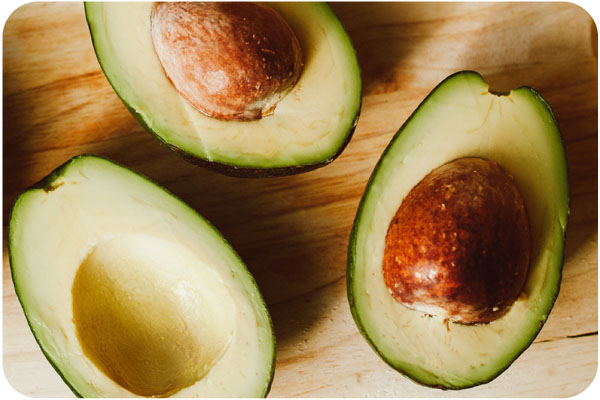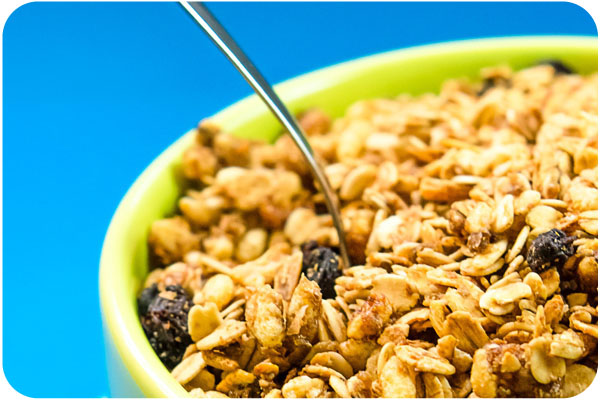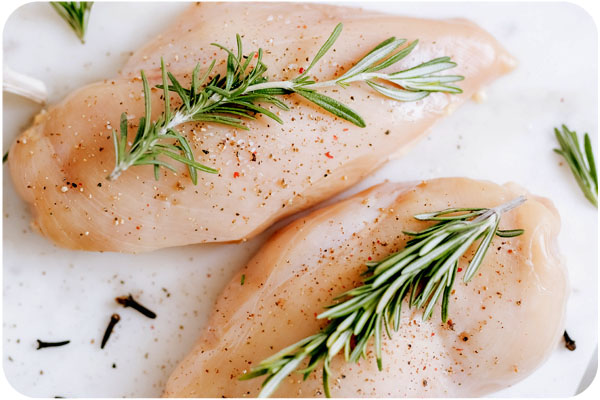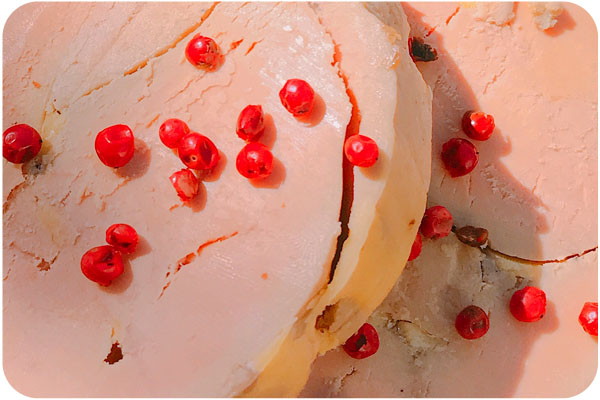
“You know, trees are the ultimate super food – lumber contains all the fiber you need.”
Dietary Fiber
The elderly people should eat fiber-rich foods to stay regular. Dietary fiber may help lower your risk for heart disease and reduce your risk for Type 2 diabetes.
Dietary fiber is common in plant foods such as fruits, vegetable and legumes. Although dietary fiber cannot be digested or absorbed, it still contributes to health in a variety of ways. Dietary fiber comes in two types: soluble and insoluble fiber. Soluble fiber dissolves in water and becomes gel-like, causing it to stick to bile, toxins and other debris and drag them from your body. Insoluble fiber attracts water like a sponge and acts to clean your intestines, increase intestinal motility and stimulate regular bowel movements. Constipation is more common in the elderly due to reduced intestinal peristalsis or rhythmic contractions, inactive lifestyles and diets low in fiber.
Dietary fiber is common in plant foods such as fruits, vegetable and legumes. Dietary fiber comes in two types: soluble and insoluble fiber. Soluble fiber dissolves in water and becomes gel-like, causing it to stick to bile, toxins and other debris and drag them from your body. Insoluble fiber attracts water like a sponge and acts to clean your intestines, increase intestinal motility and stimulate regular bowel movements.
The recommended dose that total fiber intake for adults older than 50 should be at least 30 grams per day for men and 21 grams for women.
Fiber Sources:
Most whole grains, vegetables, fruits and legumes are sources of insoluble and soluble fiber. For example, multi-grain bread, wheat germ, brown rice, broccoli, spinach, celery, carrots, zucchini, apples, pears, most berries, chickpeas, lentils and virtually all beans are especially good sources of dietary fiber. Nut and seeds contain fiber also, but the elderly person may find it difficult to properly chew them in case of having dental problems or dentures. Consequently, softer sources of fiber, such as beans and whole-grain bread, are easier to chew.
The top 10 high-fiber foods are:

Beans and lentils

Broccoli

Berries

Avocados

Popcorn

Whole Grains

Apples

Dried Fruits
Vitamin B12
Vitamin B12 is stored in the liver and plays a major role in cognitive functioning, amongst other things. Older people are more likely to get vitamin B12 deficiencies because it is absorbed from food by stomach acid. And with age, stomach acid begins to decline.
Often, having a vitamin B12 deficiency can caused symptoms associated with normal aging. But sometimes, a B12 deficiency can exacerbate conditions in the following diseases: Alzheimer’s, multiple sclerosis and other neurological disorders, mental illnesses like depression, anxiety, or bipolar disorder, cardiovascular disease, autoimmune disease or cancer.
Sometimes B12 deficiencies can look a lot tamer and possibly go unchecked, e.g. it can cause memory loss, cognitive decline, foggy brain, decreased mobility, and pain throughout the body.
![]() The way to know if the elderly person has a B12 deficiency is by taking a blood test.
The way to know if the elderly person has a B12 deficiency is by taking a blood test.
Some physical signs that you may have a vitamin B12 deficiency include:
![]() Tingling or numbness in the hands, legs, or feet
Tingling or numbness in the hands, legs, or feet
![]() Difficulty walking
Difficulty walking
![]() Anemia
Anemia
![]() Swollen, inflamed tongue
Swollen, inflamed tongue
![]() Yellowed skin
Yellowed skin
![]() Paranoia or hallucinations
Paranoia or hallucinations
![]() Fatigue
Fatigue
Often, more long-term consequences of an advanced B12 deficiency in older people involve weaker red blood cell formation, lower metabolism, impaired nerve functioning, and weaker bone health. B12 deficiencies are also heavily linked with neurological disorders like Alzheimer’s or dementia.The way to know if the elderly person has a B12 deficiency is by taking a blood test.
Treatment usually means ingesting B12 through supplements or changing your diet to eat more foods rich in this vitamin.
Person over 60s should be getting around 2.4 micrograms of B12 a day.
Examples with vitamin B12 rich foods include:

Fortified cereals

Eggs

Ham

Chicken breast

Rainbow trout

Beef liver

Cooked Clams

Yogurt

Cheese

Milk

Haddock

Salmon
Potassium
Getting enough potassium in your diet may also help keep bones strong. This essential mineral is vital for cell function. Consuming adequate potassium, along with limiting sodium (salt) intake, may lower the risk of high blood pressure. It also reduces the risk of kidney stones.
The recommended daily allowance of potassium for an elderly person is 4,700 mg.
Fruits, vegetables, beans and low-fat or fat-free dairy products are all sources of potassium. When preparing a meal for an elderly person, try to select and prepare foods with little or no added salt. Add flavour to food with herbs and spices.
Back Next
![]()
Nutrition for the elderly:45% complete
